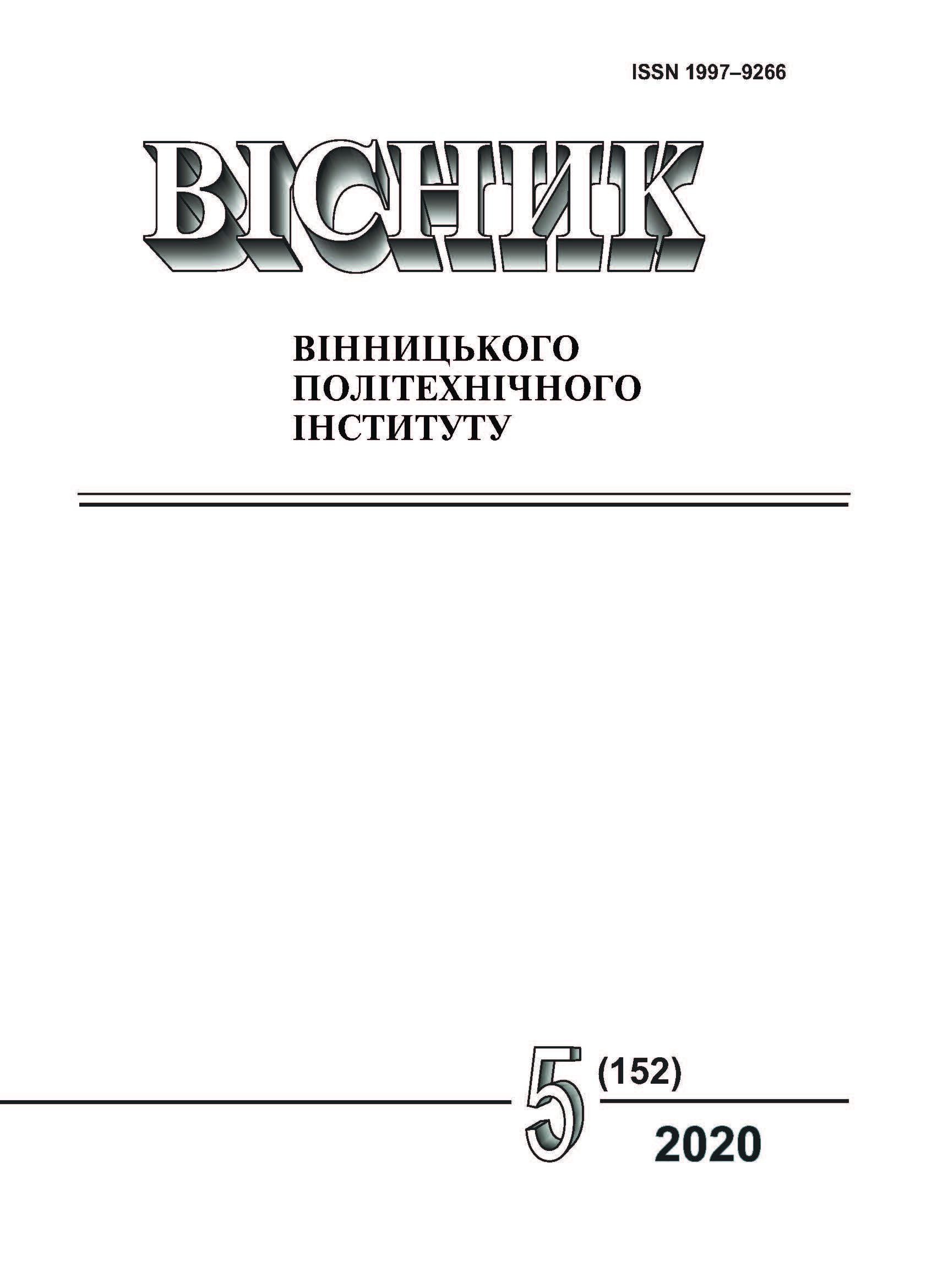Reducing the Oxidation Level of the Sprayed Material During Arc Metallization by Using a Combined Air-Powder Spraying Flow
DOI:
https://doi.org/10.31649/1997-9266-2020-152-5-84-88Keywords:
alloying elements, , arc metallization, coating, drop, powders, spray jetAbstract
Among coating methods, the arc metallization process is the most technologically advanced in terms of thermal efficiency, the relative cost of coatings (the cost is 3…10 times cheaper than coatings obtained by other methods) with ensuring their high strength.
Intensive heating of the sprayed material particles during the arc metallization process is the main reason for the reduction of the content of certain ingredients of the composition. Losses of alloying elements are manganese — 30 %, silicon – 20 %, as well as carbon up to 60 %.
Currently, there are no systematic solutions to prevent intensive burnout of alloying elements from the metal and saturation of the applied layer with atmospheric gases during arc metallization.
The ultimate goal of arc metallization, as well as other technologies of material processing, is to obtain products with specified properties, which are determined by the processes of deformation and heat exchange at the contact of droplets of the atomized material with the base, as well as physical and chemical interaction of droplets with the gas atmosphere when moving to the base. Thus, changes in the basic parameters of the process of metallization speed, the temperature in the two-phase flow, the intensity of gas inflow into the metal droplets, makes it possible to predict the properties of coatings, which was studied in the work.
Based on the results of research showing the presence of rarefaction in the area of arc functioning, as well as the possibility of more efficient use of oxygen in the spraying flow, it was proposed to create a combined air-spraying flow, consisting of the central part: air-powder (introduction of alloying powders) and external spraying.
References
Б. С. Митин, Порошковая металлургия и напыленные покрытия. М.: Машиностроение, 1987, 791 с.
В. А. Вахалин, С. Б. Масленников, и В. В. Кудинов, «Процессы плавления и распыления материалов при электродуговой металлизации,» Физика и химия обработки материалов, № 3, с. 58-63, 1981.
В. А. Роянов, В. Я. Зусин, С. С. Самотугин, и И. В. Захарова, Дефекты, контроль и управление качеством при сварке и родственных технологиях, учеб. Мариуполь, Украина: «Рената», 2014, 225 с.
В. П. Демянцевич, Металлургические и технологические основы дуговой сварки. М.; Л.: Машгиз. [Ленингр. отд-ние], 1962, 96 с.
ТПП УССР.-№ 6-23-16/4-10с, «Новые научные данные о факторах электродугового напыления,» Satkewzis–Mittelungen, vol. 29, № 9, рр. 936-942, 1988.
В. В. Кудинов, и Г. В. Бобров, Нанесение покрытий напылением. Теория, технология и оборудование, Москва: Металлургия, 1992, 432 с.
Ю. С. Коробов, и В. Н. Бороненков, «Кинетика взаимодействия напыляемого металла с кислородом при электродуговой металлизации,» Сварочное производство, № 7, с. 30-36, 2003.
А. В. Будякин, «Стационарный электродуговой металлизатор,» Сварочное производство, № 9, с. 35-36, 2000.
В. М. Корж, Технологія та обладнання для напилення. Київ, Україна, 2000, 150 с.
В. А. Роянов, и И. В. Захарова, Энерго- и ресурсосбережение при электродуговом напылении покрытий, моногр. Мариуполь, Украина: ГВУЗ "ПГТУ", ПРАТ газета "Приазовский рабочий", 2018, 143 с.
С. Г. Гузов, «Расчет истечения газов из круглых отверстий (сопел) применительно к практике газопламенной обработки материалов,» Труды ВНИИавтогенмаш. Госхимиздат,1956, с. 27-30.
Е. В. Войцеховский, «Повышение коррозионной стойкости алюминиевых электрометаллизационных покрытий.» дис. канд. техн. наук, Москва,Завод-ВТУЗ,1982.
В. А. Роянов, В. П. Семенов, и А. Г. Мосиенко, «Абразивная стойкость покрытий, нанесенных методом дуговой металлизации,» Сварочное производство, № 6, 1983.
Downloads
-
PDF (Українська)
Downloads: 90
Published
How to Cite
Issue
Section
License

This work is licensed under a Creative Commons Attribution 4.0 International License.
Authors who publish with this journal agree to the following terms:
- Authors retain copyright and grant the journal right of first publication.
- Authors are able to enter into separate, additional contractual arrangements for the non-exclusive distribution of the journal's published version of the work (e.g., post it to an institutional repository or publish it in a book), with an acknowledgment of its initial publication in this journal.
- Authors are permitted and encouraged to post their work online (e.g., in institutional repositories or on their website) prior to and during the submission process, as it can lead to productive exchanges, as well as earlier and greater citation of published work (See The Effect of Open Access).





